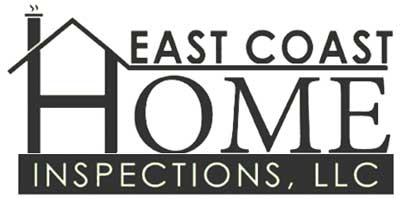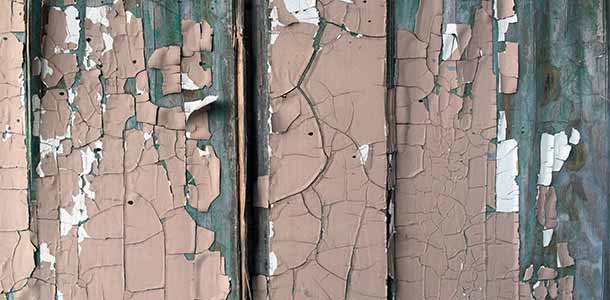From the U.S. Environmental Protection Agency website on lead
(go to www.epa.gov/lead for the complete document)
Lead is a highly toxic metal that was used for many years in products found in and around our homes. Lead may cause a range of health effects, from behavioral problems and learning disabilities, to seizures and death. Children 6 years old and under are most at risk, because their bodies are growing quickly.
Research suggests that the primary sources of lead exposure for most children are:
- deteriorating lead-based paint,
- lead contaminated dust, and
- lead contaminated residential soil.
Checking Your Family and Home for Lead:
Get your children and home tested if you think your home has high levels of lead. Just knowing that a home has lead-based paint may not tell you if there is a hazard.
To reduce your child’s exposure to lead, get your child checked, have your home tested (especially if your home has paint in poor condition and was built before 1978), and fix any hazards you may have.
Your Family
Children’s blood lead levels tend to increase rapidly from 6 to 12 months of age, and tend to peak at 18 to 24 months of age. Consult your doctor for advice on testing your children.
A simple blood test can detect high levels of lead, and are important for:
- Children at ages 1 and 2.
- Children and other family members who have been exposed to high levels of lead.
- Children who should be tested under your state or local health screening plan.
Your doctor can explain what the test results mean and if more testing will be needed.
Your Home
You can get your home checked in one of two ways, or both:
- A paint inspection tells you the lead content of every different type of painted surface in your home. It won’t tell you whether the paint is a hazard or how you should deal with it.
- A risk assessment tells you if there are any sources of serious lead exposure (such as peeling paint and lead dust). It also tells you what actions to take to address these hazards.
Have qualified professionals do the work. There are standards in place for certifying lead-based paint professionals to ensure the work is done safely, reliably, and effectively. Contact the National Lead Information Center (NLIC) for a list of contacts in your area.
Trained professionals use a range of methods when checking your home, including:
- Visual inspection of paint condition and location.
- A portable x-ray fluorescence (XRF) machine.
- Lab tests of paint samples.
- Surface dust tests.
Note: Home test kits for lead are available, but studies suggest that they are not always accurate. Consumers should not rely on these tests before doing renovations or to assure safety.

